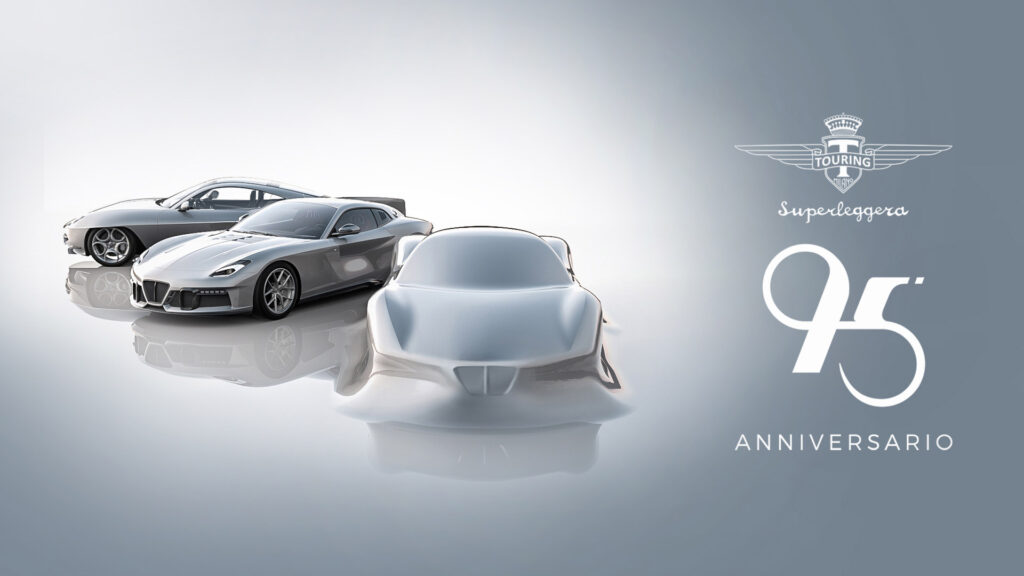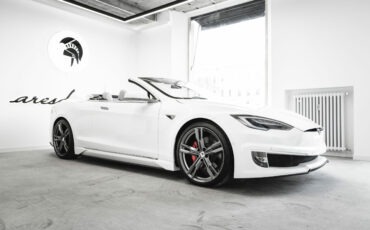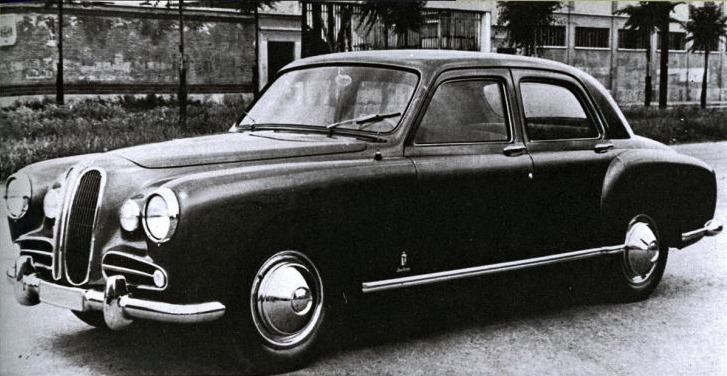
Carrozzeria Touring Superleggera is pleased and proud to announce the celebration of our 95th Anniversary as a premier coachbuilder with a new and distinctive addition to their modern product range: a graceful two-seat coupé, and quite notably, Touring’s first ever creation driven by a mid-engine supercar powertrain.
Sharing many design elements with its recent Touring predecessors, as well as their elegant flow and balance of proportions, the design is both a clear evolution and an enhancement of Touring’s contemporary front-engined Aero family, as exemplified by the Disco Volante Coupé and Spyder and last year’s Aero 3. This will be a truly fitting example to carry forward the Touring philosophy into the mid-engine genre.
Currently in the final stage of production, the completed car will be officially introduced in June 2021, and subsequently shown at our distributors worldwide, as well as leading events like The Quail, The Bridge, Salon Privé, and the Zoute GP. Stay tuned for more exclusive advance information on this exciting new model.






















